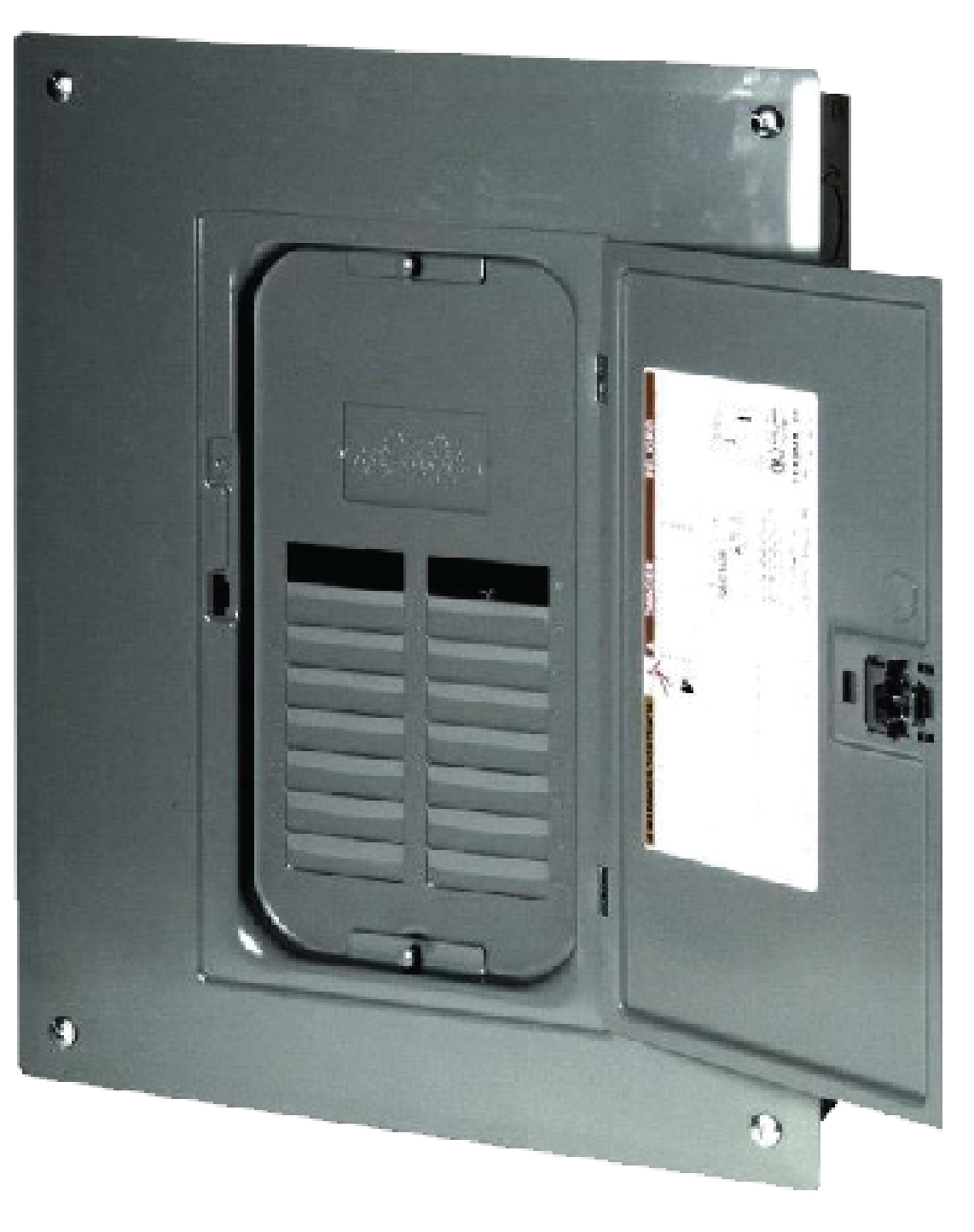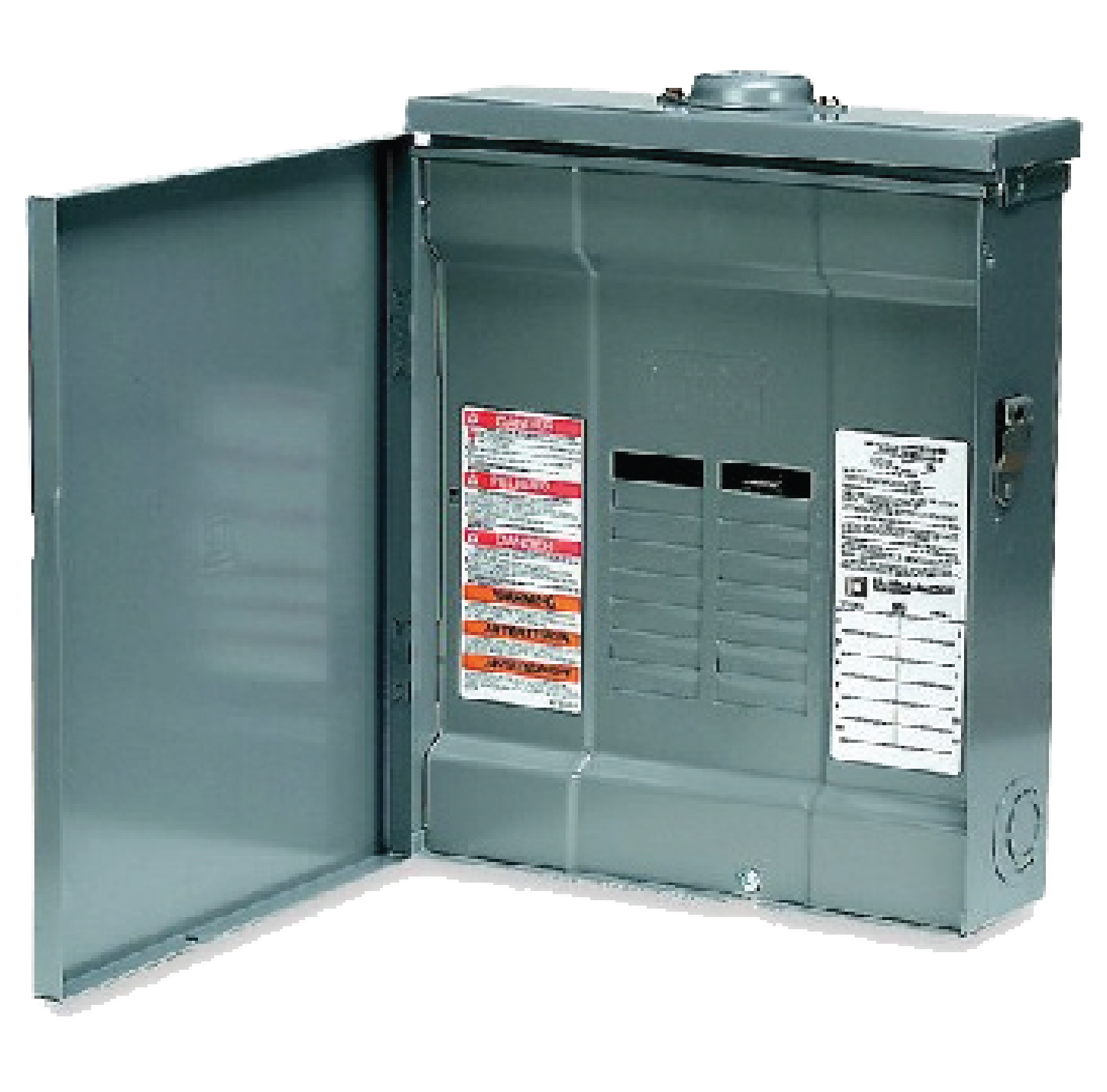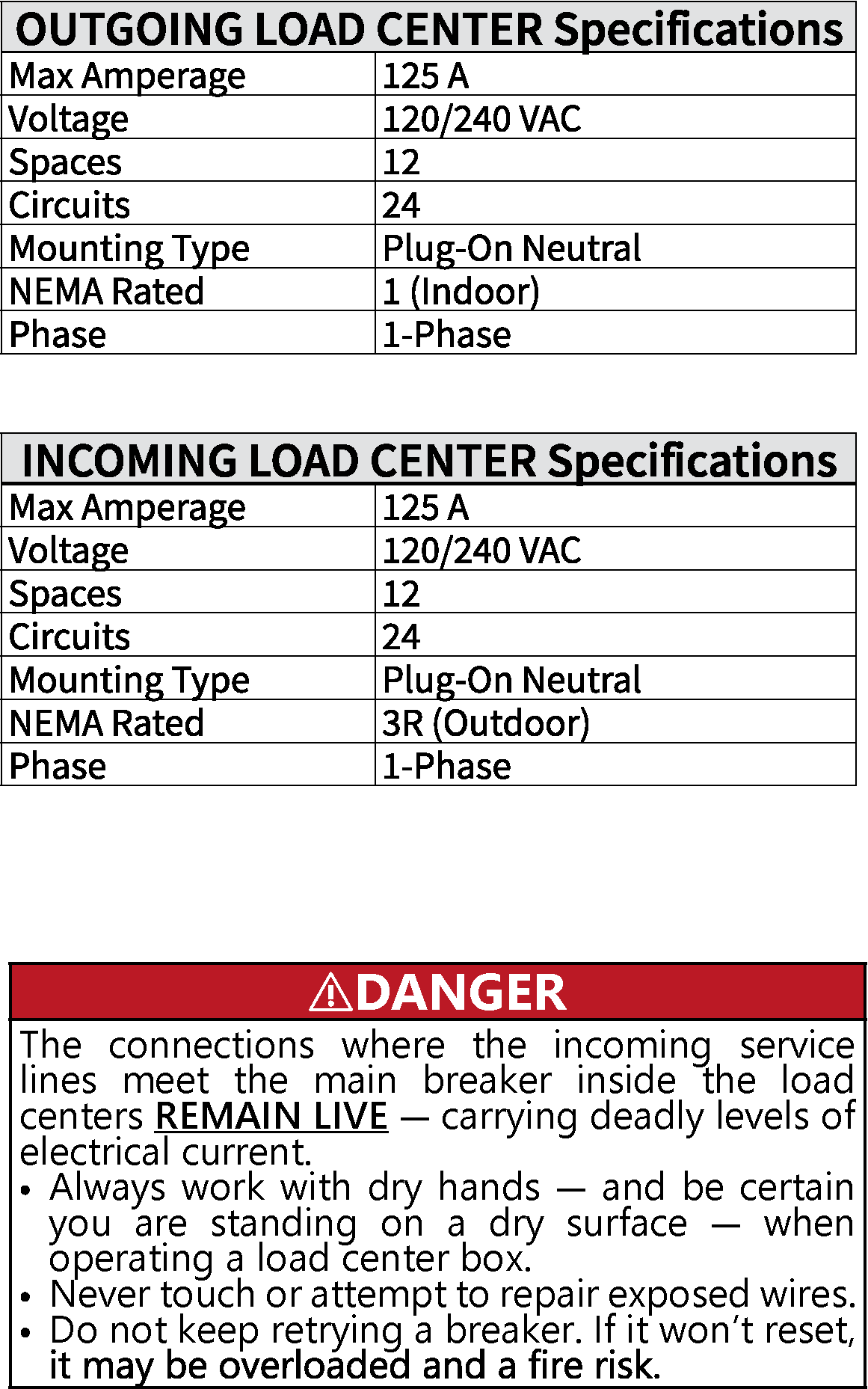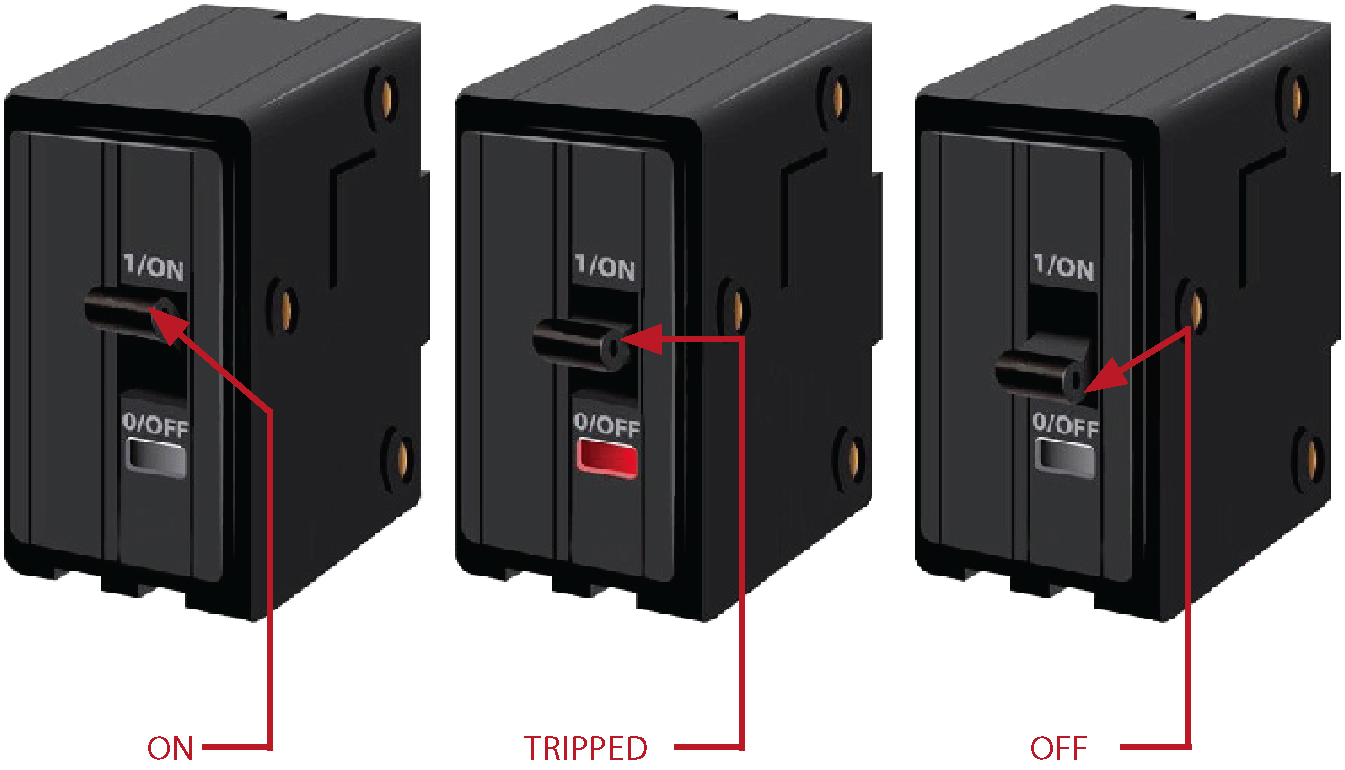Details for the load centers
| OUTGOING LOAD CENTER: | INCOMING LOAD CENTER: |
 |
 |
| MAINTENANCE: A broken panel, not only can you expect constant electrical fluctuations, but also poses a threat of becoming a fire hazard. In order to keep this from happening, it is highly recommended to make a point to regularly inspect the load center. The maintenance tips stated are pretty basic, but doing them will ensure that the electrical circuits will be in good condition and even prevent accidents and mishaps that may occur due to failed electrical systems. With regards to load center maintenance, it is advisable to turn the panel and each circuit breaker off at least once every year. Doing so will make sure that they will always be operating at their fullest. This also prevents a switch from getting stuck. |
 |
| TROUBLESHOOTING: | |
 |
Lightning strikes, power surges from the utility company, or an overload to the electrical panel can all cause the main breaker to trip. If an individual circuit breaker fails and loses its ability to trip as designed, it may actually be the main breaker that trips to provide the secondary safety shutoff. |
| TRIPPED CIRCUIT BREAKER RESET The recommended procedure for resetting the tripped circuit is as follows: 1. Identify the tripped breaker. 2. Open the main OUTGOING LOAD CENTER and look for the breaker which the switch lever has shifted away from the ON position — it likely will be the only one with a lever that is not pointing in the same direction as the other breakers — most circuit breakers come with an orange or red marker window indicating that it has tripped. If there is no indicator, look for the switch that has shifted fully to the OFF position. 3. Turn off all lights and electronics controlled by the circuit. Most experts recommend that the circuit should be drawing no electrical load at the moment the tripped circuit is reset. This is not mandatory but is a highly recommended safety practice. 4. Flip the circuit breaker switch. 5. Push the switch into the ON position to reconnect your circuit and restore power to it. With some circuit breaker styles, this reset action may mean first pushing the breaker lever fully to the OFF position then back to the ON position. You will feel resistance in the lever, followed by a distinct clicking sound or sensation as the breaker clicks to the ON position. 6. Test the circuit. 7. Turn on lights and appliances along the circuit. If the breaker trips again immediately, call HCI Energy for a resolution. |
|
| TRIPPED OUTPUT LOAD CENTER CIRCUIT RESET The recommended procedure for resetting the main OUTGOING LOAD CENTER circuit: 1. First, turn off all the individual circuit breakers controlling branch circuits — this is done to ensure that circuits driving motors do not all activate at the same time when you reset the main breaker. It’s much safer to turn on individual circuits one at a time after resetting the main breaker. 2. Reset the lever on the main breaker to the ON position. When resetting any breaker, stand off to the side of the panel when flipping the lever. It’s advisable to wear safety glasses and turn your head while resetting any breaker. By doing this, you will protect yourself from any possible electrical flash or sparks. The chances of this happening are remote, but such episodes have been known to occur. 3. Turn on each individual circuit one at a time by resetting its lever to the ON position. The idea here is to avoid dumping the entire power load on the main breaker all at once. Usually, the main breaker trips due to a temporary issue and resetting it will solve the problem, but if the main breaker trips again, or trips repeatedly, it is advised to call HCI Energy. |
|
